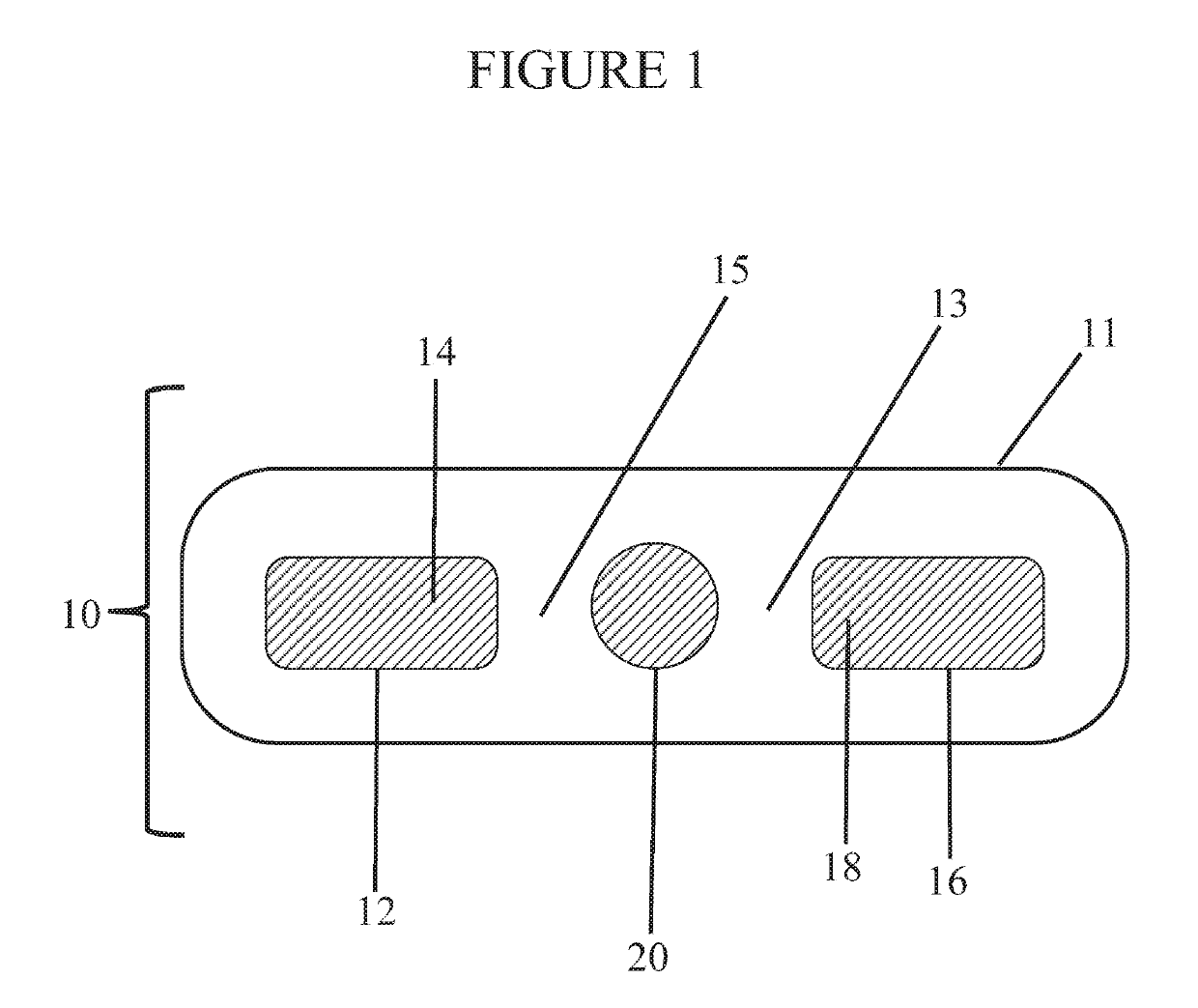Probiotic delivery systems
a technology of probiotics and delivery systems, applied in the direction of peptide/protein ingredients, plant/algae/fungi/lichens ingredients, inorganic non-active ingredients, etc., can solve the problems of increasing the risk of recipients becoming obese or diabetic, and medical issues that have been challenging
- Summary
- Abstract
- Description
- Claims
- Application Information
AI Technical Summary
Benefits of technology
Problems solved by technology
Method used
Image
Examples
example
[0074]The following ingredients were blended together in the order they are listed to form a uniform homogenous paste: These measurements are based on a healthy maintenance of the mucosa. Measurements may increase or otherwise be adjusted if being used for treatment or to replace FMT.
Coconut oil—2.5 ml-5 ml
Probiotic Blend—270-350 mg:
[0075]L. acidophilus DDS 1
[0076]Bifidobacterium lactis
[0077]L. plantarum WCFS1
[0078]L. casei GG
[0079]L. rhamnosus GG
[0080]L. brevis
[0081]Bifidobacterium longum
[0082]L. salivarius
[0083]Strep. thermophilus
[0084]Bifidobacterium bifido
Chamomile (fresh)—0.7 ml-1.25 cc
Sodium bicarbonate—0.75 ml-1.25 cc
Apple cider vinegar—0.7 ml-1.25 cc
[0085]The suppositories were prepared by placing each measured ingredient in a septic container and blending after each addition to create a smooth and homogenous mixture. The mixture was then placed into a conventional blister casing. Once the suppository is encased it will then be placed in a container for marketing and d...
PUM
| Property | Measurement | Unit |
|---|---|---|
| wt % | aaaaa | aaaaa |
| wt % | aaaaa | aaaaa |
| wt % | aaaaa | aaaaa |
Abstract
Description
Claims
Application Information
 Login to View More
Login to View More - R&D
- Intellectual Property
- Life Sciences
- Materials
- Tech Scout
- Unparalleled Data Quality
- Higher Quality Content
- 60% Fewer Hallucinations
Browse by: Latest US Patents, China's latest patents, Technical Efficacy Thesaurus, Application Domain, Technology Topic, Popular Technical Reports.
© 2025 PatSnap. All rights reserved.Legal|Privacy policy|Modern Slavery Act Transparency Statement|Sitemap|About US| Contact US: help@patsnap.com

